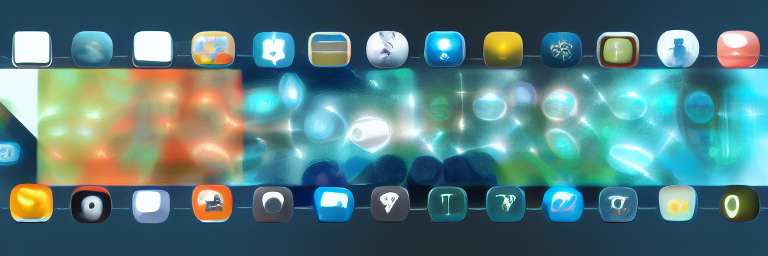Introduction to Mobile Application Development
Mobile application development is the process of creating software applications that run on a mobile device, such as a smartphone, tablet, or other handheld device. Mobile applications are typically written in native code using the device‘s operating system and device–specific software development kits (SDKs). Developers typically use frameworks such as React Native and Flutter to create mobile applications. These frameworks provide a unified, cross–platform solution for developing mobile applications, allowing developers to write the same codebase for both iOS and Android applications.
Mobile applications can be used for a variety of purposes, including gaming, productivity, entertainment, and social networking. Popular mobile applications include social media apps like Facebook, streaming services like Netflix, and productivity apps like Evernote.
Mobile application development is an ever–evolving field. As new technologies emerge, developers must stay abreast of the latest advancements and trends. Mobile application development requires a deep understanding of the mobile platform, along with the ability to create reliable and secure applications.
The Process
Mobile application development is the process of creating software applications that run on a mobile device, such as a smartphone or tablet. This type of development spans a wide range of platforms, from native mobile applications (apps) to web–based applications that can be accessed from a mobile device.
The first step in the mobile application development process is to define the goals and objectives of the app. This involves deciding what type of app you want to build, what features and functionality it should have, and how it should look and feel. Once these goals have been established, you can begin to design the app. This step involves creating a user interface (UI) and user experience (UX) that allows users to easily interact with the app.
Once the design is complete, the next step is to build the actual application. This usually involves coding the app using a programming language, such as Java or Objective–C. The code is then tested and refined to ensure that it meets the goals and objectives of the app.
The final step in the process is to deploy the app. This means that the app is made available for download on the appropriate app store. Once the app is live, it needs to be monitored and maintained to ensure that it is up to date and running smoothly. The process of mobile application development is complex and time consuming. However, with the right resources and expertise, it can be a rewarding experience that can result in a successful mobile app.
A Brief History
Mobile application development has become increasingly popular in recent years, as the number of mobile device users has grown exponentially. The history of mobile application development dates back to the late 1990s, when the first smartphones and PDAs began to appear. At this time, mobile applications were generally limited to simple tasks such as calendar management and email.
By the mid–2000s, it had become more sophisticated. Mobile operating systems such as Android and iOS began to emerge, and with them, a new wave of mobile applications was born. These new applications were designed to do more than just manage calendars and emails; they allowed users to access the internet, play games, and even access their banks.
Today, mobile application development has become even more advanced. App stores, such as Google Play and the Apple App Store, make it easy for developers to create and distribute their applications to millions of potential users. This has led to a booming industry for mobile application developers, as the demand for mobile apps continues to grow.
The Future Outlook
The future outlook of mobile application development is very promising. As more and more people are relying on smartphones and other mobile devices to access the internet, the demand for mobile applications is increasing exponentially. Mobile applications are becoming increasingly sophisticated and complex, with advanced features such as artificial intelligence, augmented reality, and virtual reality being implemented into them.
In addition, the mobile application market is becoming increasingly competitive, with companies constantly trying to outdo each other in terms of features, usability, and design. This is leading to mobile applications becoming more user–friendly, interactive, and engaging. Companies are also investing heavily in mobile application development, as they recognize the importance of creating experiences that are relevant to their customers.
The future of mobile application development looks bright. As more and more businesses start to understand the potential of mobile applications, they are likely to invest heavily in this area. This will continue to create opportunities for developers to create innovative and engaging apps that meet the needs of their target market. Additionally, with the emergence of new technologies such as 5G, the possibilities of what can be achieved with mobile applications will continue to increase.

